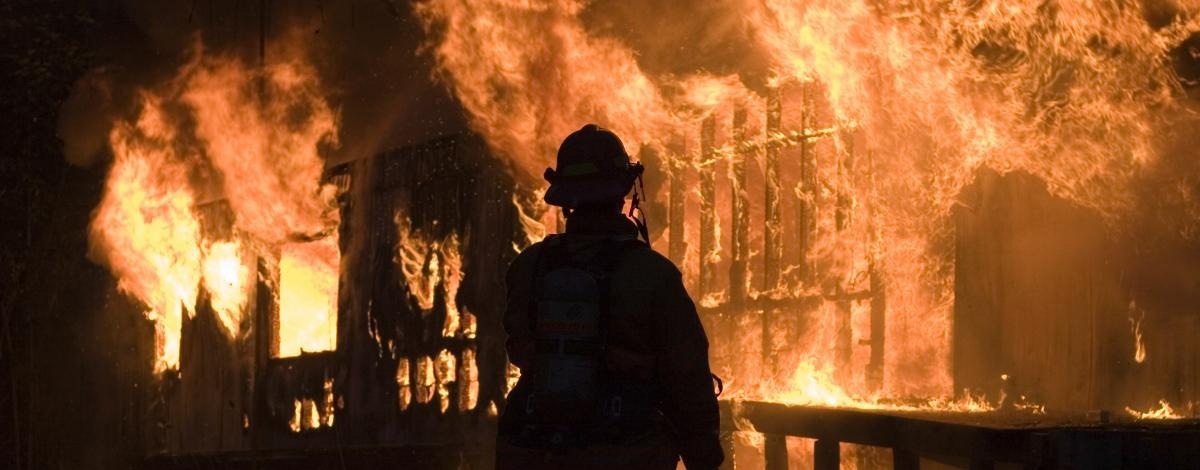In order to adequately face the challenges that a firefighter faces on a daily basis, it is essential to recognize the importance of detecting harmful gases. This awareness ensures timely alerts to potential dangers and helps in taking necessary precautions against exposure.
Understanding the various types of gases and the dangers that they present is the first step to selecting the appropriate form of gas detection. Even the most common gases, such as nitrogen and oxygen, can have damaging effects if they are present at certain levels.

Image Credit: Teledyne Gas and Flame Detection
Each gas has exposure limits, i.e., the concentration to which workers can be continuously exposed for a short period. These limits include a permissible exposure limit, short-term exposure limit, and threshold limit value.
As with all safety equipment, unless you know how to use it properly, you may not benefit from the protection the equipment can provide. Thus, all personnel who are in contact with gas detection equipment must be appropriately trained.
Training may include practical training, general information about the devices, as well as how to handle them, and the care, maintenance, and calibration required. The user must understand how to utilize the equipment and how to react if it gives an alert to the presence of gas. Additionally, if the user is working in a confined space, then confined space training is necessary.
To protect workers, the risks must be understood, gas monitoring procedures implemented, and there must be sufficient protection against residual risks.
Training and proper maintenance enable a business to be better equipped to handle the risks of dangerous gases. To keep safe where there is the potential for a hazardous atmosphere, it is essential to understand the following:
- The fire tetrahedron and how oxygen, heat, fuel, and a chemical reaction can result in a dangerous environment.
- The distinctions between the various sensor technologies and which technology is most appropriate for the different hazards you may encounter daily.
- How to correctly service and maintain the equipment for optimal use and longevity.
- How to bump and calibrate the equipment to accurately evaluate the correct hazard.

This information has been sourced, reviewed and adapted from materials provided by Teledyne Gas and Flame Detection.
For more information on this source, please visit Teledyne Gas and Flame Detection.